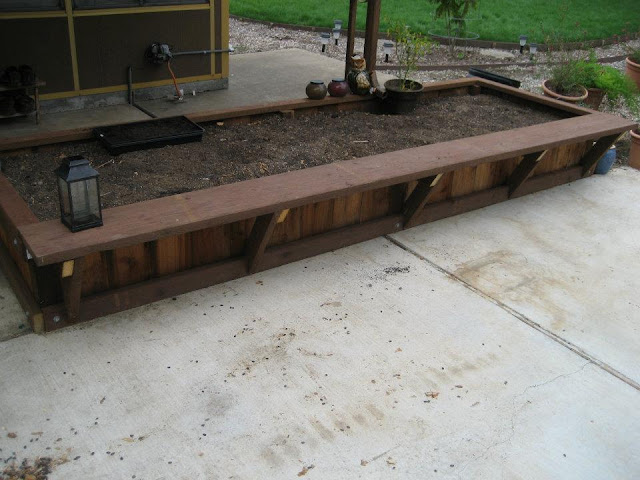2011 marked our first foray into the world of canning. The scare of "botulism" has kept us away all this while. After reading up a lot on the topic we figured it was the right thing to do considering we grow our own Tomatoes and would much rather place our trust on home canned stuff (the right way) instead of the pricey, store bought, sodium laden, BPA laden canned tomatoes.
I picked up a pressure canner because I knew that my prime target was Tomatoes and because of their low acidity, it wont be safe to put them through a simple boiling water canner. I also made sure I got all the tools, and they were well worth the investment and make the entire process much more easier to manage.

We made sure we stuck to all the rules and requirements, boiling sanitizing and careful handling. (Reminded me of the days I helped my mom make Jams and Juices, growing up in India)
This was one of our first batches

I picked up a pressure canner because I knew that my prime target was Tomatoes and because of their low acidity, it wont be safe to put them through a simple boiling water canner. I also made sure I got all the tools, and they were well worth the investment and make the entire process much more easier to manage.

We made sure we stuck to all the rules and requirements, boiling sanitizing and careful handling. (Reminded me of the days I helped my mom make Jams and Juices, growing up in India)
This was one of our first batches
So we were very motivated to skin the Tomatoes (as it was suggested in the books)
My favorite are the yellow Brandywines which were extremely sweet.

It was a lot of work, and yes it was the middle of the night by the time they got into the canner.
We had pretty good success rates with the seals, but we forgot to add vinegar in the water (hence the water stains on some of the Quart bottles). But hey it is just cosmetic.
The bigger Quart bottles contain either whole or pureed Tomatoes. (I have about 21 of them stocked up now). Hopefully they will last me all winter.
The smaller half pints have Tomato pickle (seasoned with sesame oil and Indian spices). The green colored ones are Tomatillo Salsa (Seasoned with homegrown green chili peppers).




















